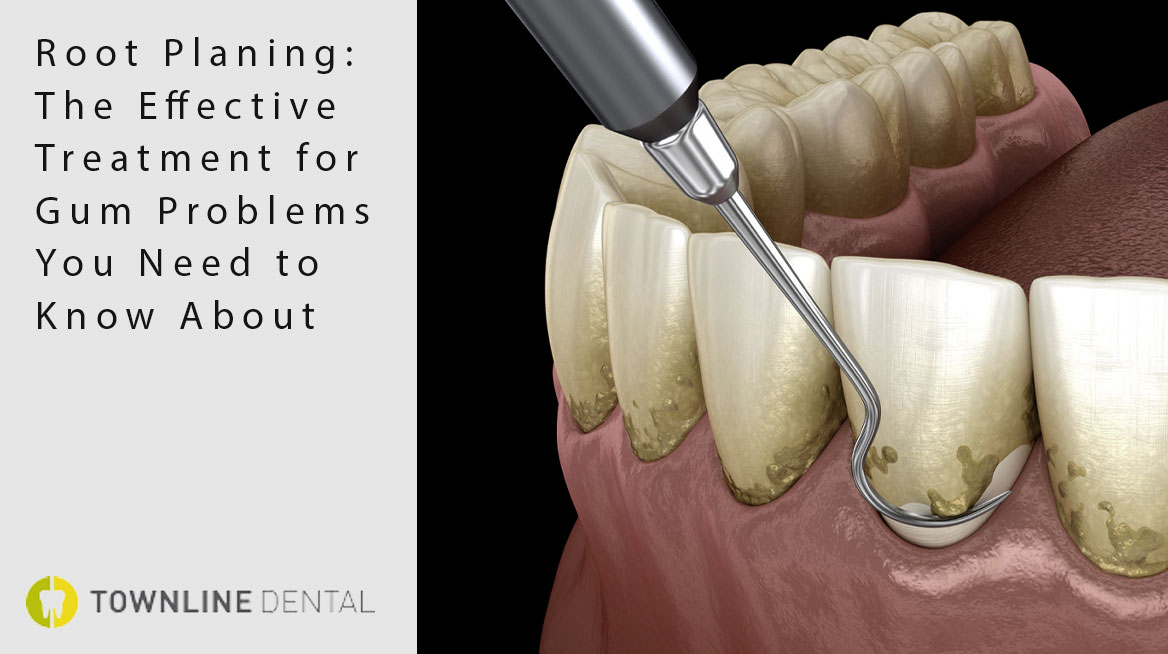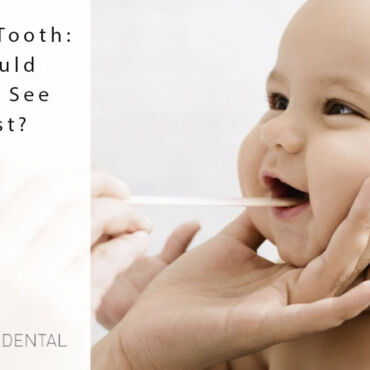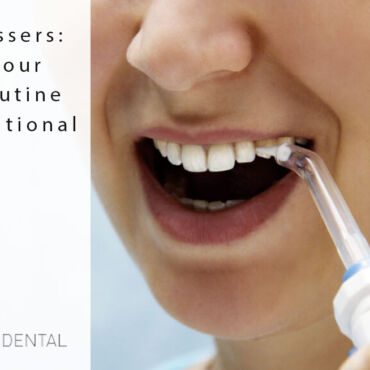Dealing with gum issues? There’s a solution: root planing. This non-surgical treatment tackles gum disease by removing plaque and tartar buildup beneath the gum line. Explore the advantages of root planing and kickstart your journey to healthier gums today.
What is root planing?
Root planing is a dental procedure designed to provide a comprehensive cleaning of the tooth roots and the surfaces below the gum line. Its primary purpose is to address gum problems, particularly gum disease or periodontal disease. In the process, a dentist or dental hygienist eliminates plaque, tartar, and bacteria from these areas, simultaneously smoothing any rough spots on the tooth roots. The main objective of this thorough cleaning is to eliminate infection sources, diminish inflammation, as well as enhance gum health. This prevents further harm to the gums and their supporting structures while facilitating the healing of affected tissues. Root planing represents a non-surgical approach to enhancing oral health for individuals with gum disease.
Signs and symptoms of gum problems
Gum problems can present in various ways, however, recognizing these signs and symptoms is essential. If you’re noticing any of the following, it may suggest gum disease:
- Bleeding Gums: Frequent bleeding, especially during brushing or flossing, is a common indicator. Healthy gums typically do not bleed easily.
- Persistent Bad Breath: Known as halitosis, ongoing bad breath can result from gum issues, as the bacteria linked to gum disease can produce unpleasant odors.
- Gum Recession: When gums recede, exposing tooth roots, it signifies gum recession. This can cause tooth sensitivity and requires timely attention.
- Red and Swollen Gums: Healthy gums should appear pink and firm. Redness, swelling, or tenderness may signify inflammation, a frequent symptom of gum disease.
- Loose Teeth: In advanced gum disease stages, teeth may feel loose or change position, indicating harm to supporting structures.
The process of root planing
Root planing is a detailed dental procedure conducted over several appointments, with each session focusing on specific mouth areas. Here’s a step-by-step summary:
- Initial Examination: Your dentist begins by thoroughly examining your teeth and gums, potentially using X-rays to assess gum disease extent and pinpoint treatment areas.
- Local Anaesthesia: To ensure your comfort, the dentist administers local anaesthesia to numb the treatment area, minimizing discomfort or pain.
- Scaling: The process starts with scaling, where plaque and tartar are meticulously removed from tooth surfaces above and below the gum line using specialized tools like ultrasonic and manual scalers.
- Root Planing: After scaling, the dentist conducts root planing, smoothing tooth roots to eliminate rough areas that can trap bacteria. Special instruments ensure comprehensive root cleaning.
- Antibacterial Treatment: In some cases, the dentist may apply antibacterial gel or solution to treated areas, enhancing bacteria elimination and promoting healing.
- Follow-up Appointments: Depending on gum disease severity, you may need multiple sessions for complete root planing. Follow-up visits are scheduled to monitor progress and ensure better gum health.
Benefits of root planing
Root planing offers numerous advantages for individuals dealing with gum problems. Here are some key benefits of this treatment:
- Improved Gum Health: Root planing directly addresses the root cause of gum disease by removing plaque, tartar, and bacteria below the gum line. This helps reduce inflammation and promotes healthier gums.
- Prevention of Further Damage: Untreated gum disease can lead to irreversible harm, such as tooth loss and bone deterioration. Root planing can halt gum disease progression, fostering the regeneration of healthy gum tissue and preventing additional damage.
- Reduced Risk of Systemic Health Issues: Gum disease is associated with various systemic health problems, including heart disease, diabetes, and respiratory issues. Root planing can potentially lower the risk of developing these related health conditions by effectively treating gum disease.
- Enhanced Oral Hygiene: Following root planing, maintaining good oral hygiene becomes more manageable. With fewer rough surfaces for bacteria to cling to, brushing and flossing become more effective. This results in better plaque control and reduces the likelihood of future gum issues.
Aftercare tips for root planing
After root planing, you can ensure optimal healing and success with these key aftercare steps:
- Oral Hygiene: Brush teeth twice daily with a soft-bristled toothbrush and fluoride toothpaste. Floss daily to remove plaque between teeth and along the gum line.
- Antimicrobial Mouthwash: Use an antimicrobial mouthwash if advised by your dentist, typically after brushing, to control oral bacteria.
- Balanced Diet: Maintain gum health with a diet rich in vitamins and minerals from fruits and vegetables, while limiting sugary and acidic foods and beverages.
- Regular Dental Check-ups: Monitor gum health and prevent future issues with scheduled follow-up appointments as recommended by your dentist.
- Quit Smoking: Enhance the success of gum treatment by quitting smoking, which can hinder the healing process and increase the risk of gum disease recurrence.
Conclusion
Root planing is a highly effective treatment for gum problems, particularly gum disease, and offers various advantages. This non-surgical procedure involves a deep cleaning of tooth root surfaces, targeting bacteria, plaque, and tartar below the gum line. By addressing the root cause of gum disease, root planing can enhance gum health as well as prevent further damage. If you’re experiencing symptoms like bleeding gums, bad breath, or gum recession, prompt treatment is essential. Contact Townline Dental today at 604-744-1513 to schedule an appointment and take a step toward better oral health.


